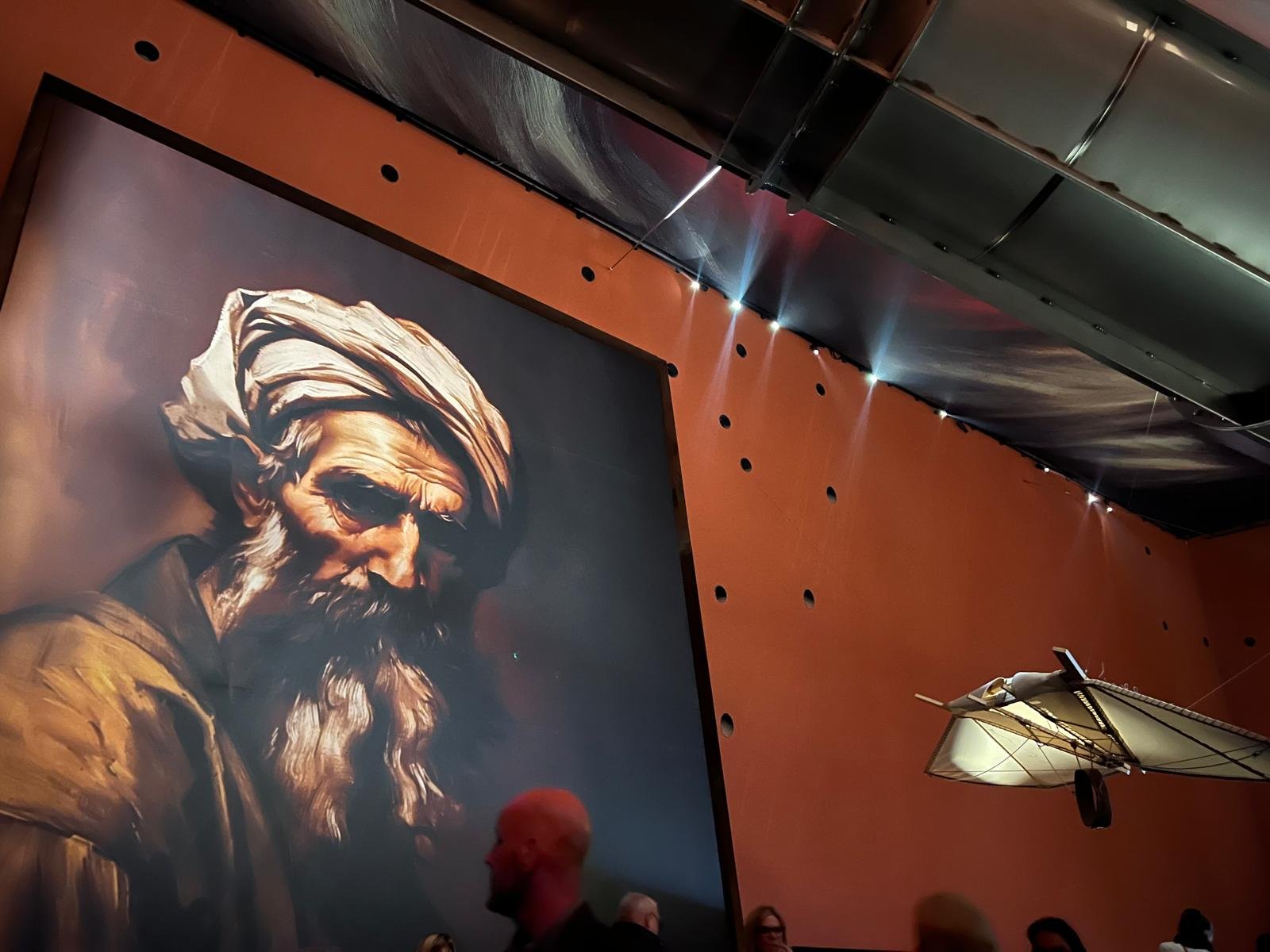Easter Week in Marbella | Exploring the Vibrant Traditions
Step into the enchanting world of Easter Week in Marbella, where cultural traditions, lively celebrations, and sun-kissed beaches create an unforgettable experience. Whether you’re drawn to the solemnity of religious ceremonies, the serenity of the beach, or the simple joy of basking in the sun, Marbella welcomes all with open arms. Join us on a journey through the rich history, iconic processions, and daily highlights that make Easter in Marbella a cherished and unique celebration.
Brief history of Easter Week in Marbella
Immerse yourself in the origins of Easter Week in Marbella, known as Semana Santa, a cultural and social milestone steeped in sacred traditions. This celebration, echoing the significance of Easter across the Costa del Sol, invites reflection and a slower pace, fostering positive transformations in our lives. Honoring the passion of Christ, Semana Santa unfolds with deep religious and cultural significance, making Marbella a key player in this moving and pious event.
While Holy Week is celebrated throughout Andalucia, Malaga and Seville stand out as prime locations to witness this mesmerizing spectacle. The number of participants in the processions can range from a few hundred to several thousand, depending on the brotherhood involved.
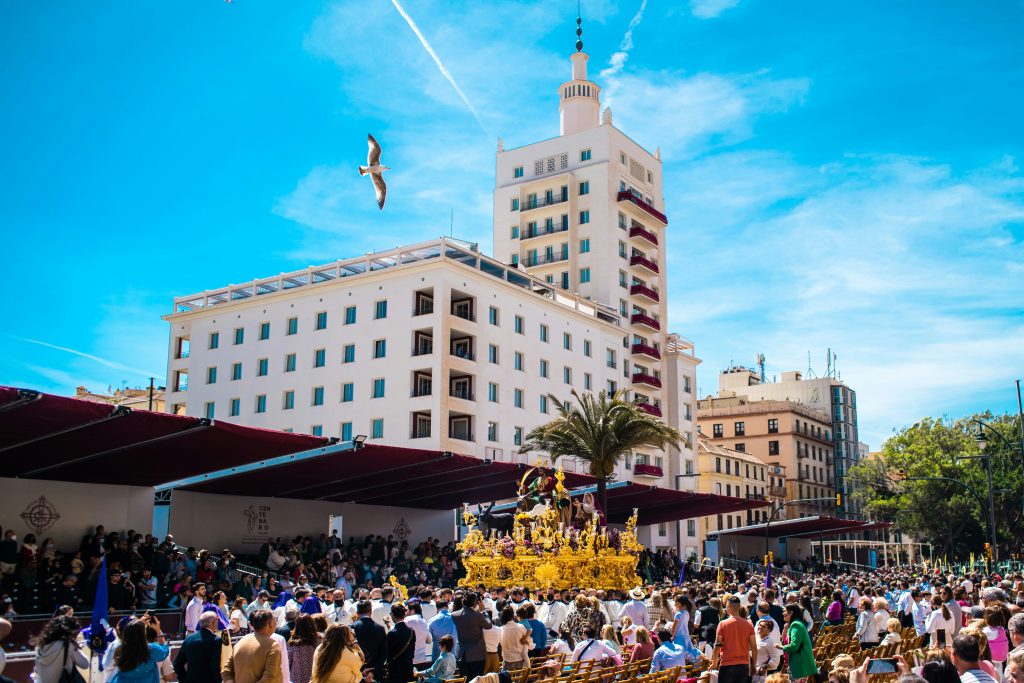
When is Easter Week in Marbella 2024?
Easter Week in Marbella kicks off with Palm Sunday, marking the commemoration of Christ’s entrance into Jerusalem. Celebrating this year, the Easter Week in Marbella unfolds during the last week of March, commencing on March 24th (Domingo de Ramos), and continuing throughout the week, concluding on Easter Sunday (Domingo de Resurrección) on March 31st.
Easter in Marbella – The Official Route for Easter Week 2024
The captivating journey kicks off at the neighborhood church of the brotherhood, weaving its way through a thoughtfully mapped-out route that culminates at the Church. As you join the spectators, you’ll find specially designated spots along the official route, offering you an up-close and personal view of the vibrant processions and their cultural significance.
Planning your visit is made easy with a detailed calendar and route maps available through this link. However, if you’re looking to escape the crowds, consider exploring Marbella’s streets for unique vantage points that allow you to witness the processions in key locations.
Processions not to be missed during Easter Week in Marbella 2024
The captivating Easter parade showcases elaborate thrones adorned with artistic representations of Christ or the Virgin Mary. These stunning floats, decorated with gold or silver, are adorned with numerous candles and hundreds of pretty flowers. Given their weight, these are carried by 50 to 80 individuals, usually men, the Marbella thrones gracefully traverse the city streets. Alongside the processions, a procession of Nazarenos, or penitents, who are dressed in tunics, capes, and conical hats (capirotes), creates a striking cortege. The entire spectacle is accompanied by the melodies of trumpet and drum bands hired by different brotherhoods for this special occasion.
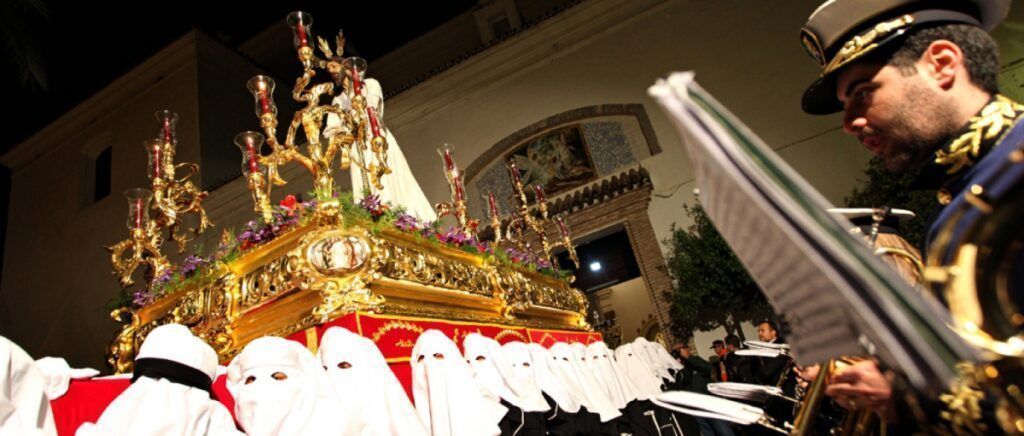
Day by day guide to Easter processions in Marbella:
Every day, there’s a procession during Holy Week, except on Easter Saturday (March 30). Here are some top highlights to see during your Easter break in Marbella:
Palm Sunday (“La Pollinica”): Kicking off the Holy Week, Cofradía La Pollinica, the first brotherhood, embarks on its journey with two thrones from the Parroquia Ntra. Sra. de la Encarnación at 17.00 h. Accompanied by around 300 penitents, known as Nazarenos, it gracefully winds through the town’s streets, setting a serene and reverent tone. The procession culminates upon returning to its starting point, where both thrones are enclosed.
Easter Monday (“La Columna”): Immerse yourself in the spectacle of two thrones – Santo Cristo Atado a la Columna and María Santísima Virgen Blanca procession starting at 20.30 h from Ermita del Santo Cristo in Marbella’s historic Old Town. With approximately 390 devoted Nazarenos in white and green capirotes and tunics, any part of its route promises to leave you speachless.
Easter Tuesday (“Cautivo – Santa Marta”): Immerse yourself in the spectacular procession originating from the Parroquia Ntra. Sra. de la Encarnación in Marbella’s old town at 21.00 h, featuring three thrones. Distinguished by a retinue of approximately 200 penitents in white and blue tunics, the procession concludes with a breathtaking passage through Virgen de los Dolores street, ending at the starting point.
Easter Wednesday (“Nazareno”): Commencing from Parroquia Ntra. Sra. de la Encarnación in Marbella’s old town starting at 20.30 h, the procession showcases two thrones. Nazareno, characterized by the presence of 225 Nazarenos, 110 bearers, and over 40 Mantillas, promises a visually stunning spectacle.
Easter Thursday (“Calvario, Cristo del Amor, Vera Cruz”): Witness one of the most significant processions of Easter Week. It begins at the Ermita del Calvario at 17.30 h, featuring two thrones transporting one of the oldest and highly esteemed carved pieces through Marbella’s streets. Following that, Cristo del Amor starts at 20.15 h from Ermita de Santiago in Plaza de los Naranjos, featuring three thrones. Lastly, Vera Cruz embarks at 23.30 h, commencing from Capilla Santo Cristo.
Good Friday (“Yacente and Soledad”): Observe the brotherhood commencing its journey from Casa Hermandad at Plaza Santo Sepulcro at 21.00 h. Simultaneously, a respectful atmosphere of penance takes hold at 21.30 h at the Church of the Incarnation, iglesia de La Encarnación, paving the way for an elegant procession with 300 Nazarenos through the streets of Marbella’s old town, concluding at 01.30 AM at the starting point.
Easter Sunday (“Resucitado”): Prepare for the final procession through the streets of Marbella once the 10.00 AM mass concludes. Three majestic thrones will lead the way as members from all brotherhoods come together at Parroquia Ntra. Sra. de la Encarnación in Marbella’s old town, a profound sense of community and shared devotion permeates the air. The atmosphere becomes charged with excitement, radiating joy and celebration, ultimately electric, exuding joy and celebration, creating a touching end to the Holy Week festivities.
You can find the itinerary and highlights for each of these processions in this guide.
Things to do during Easter Week if you visit the city of Marbella
Beyond the religious festivities, Marbella offers a plethora of activities for everyone. Explore the charming streets, indulge in local cuisine, and engage in cultural events that complement the Easter celebrations.
Make sure not to miss the enchanting Easter parade in the Old Town and a visit to the Church of the Incarnation. Delight your taste buds with traditional Easter dishes like hornazo and torrijas. Plus, mark your calendar for a special event – on 21 March at 20.00, there’s a concert titled ‘Órgano del Sol Mayor y la Coral Polifónica Ciudad de Marbella’ at the Church of the Incarnation.
Apart from this, you can soak up the sun on the beach, embark on adventure sports, explore wine tourism in Ronda, and consider a trip to Malaga for an exceptional Easter Week experience. For more insights and recommendations, check out our blog on’10 things to do for Easter in Marbella 2024‘.
Easter in Marbella for Children
Families find a haven of excitement during Easter Week in Marbella. Organize your own Easter egg hunt or enroll your children in a Kids Club, offering activities and Easter egg hunts. The Marbella Club Hotel Kids Club is one such option, open to hotel residents and non-residents alike. Join the Easter fun at La Sala for a delightful Breakfast on March 30th and 31st, where the Easter Bunny entertains little ones with activities and treats. Numerous Easter camps add to the festivities.
RELATED READING | 10 things to do for Easter in Marbella 2024
In essence, Holy Week in Marbella is a timeless celebration, intertwining religiosity, culture, and art. It has become an integral part of the city’s identity and heritage, inviting visitors to partake in the rich tapestry of Easter traditions. Come and experience Easter Week in Marbella, where history and culture converge in a celebration that has stood the test of time.
Thank you for reading: Easter Week in Marbella – all you need to know
Short FAQ about How to Celebrate Easter Week in Marbella:
Yes, visiting Marbella in March is worthwhile. The weather is mild, and you can enjoy cultural events, outdoor activities, and the unique atmosphere of Easter Week festivities.
Yes, Semana Santa, which begins on Palm Sunday and lasts until Easter Sunday, is the Spanish equivalent of Easter. Translated as “The Holy Week,” it commemorates the death and resurrection of Jesus.
The most solemn Easter procession in Marbella features a single throne, carrying the Virgin of Solitude (“Soledad”), on March 29th. This procession starts at 21.30 h from Ntra. Sra. de la Encarnación. at the Plaza de la Iglesia.
One of the most famous and culturally rich festivals in Spain is Holy week, or Semana Santa, celebrated in April. This Holy Week festival, honoring the passion of Christ, stands out as the most famous event that takes place in Spain. It is particularly prominent in Andalucia, with Seville being one of the most famous cities where Semana Santa is fervently celebrated, solidifying its reputation as one of the top cultural festivals in Spain.
Yes, Easter is a lively time in Marbella, and most establishments remain open. It’s advisable to check specific schedules and plan your activities accordingly.
Certainly! Marbella in end of March offers pleasant weather with an average temperature of 16°C (61°F). The latter part of the month sees highs reaching up to 20°C (68°F), making it an ideal time to explore the city and enjoy the Easter festivities and the warm Marbella Easter weather.
Disclosure: All listings featured on TAO LIVIN’ are independently selected by our editors. If you click through and book something through our links, we may earn a commission at no extra cost to you. Thanks for your support!
Categories
Recent Posts
-
Day Trips from Marbella: Top Scenic, Cultural & Adventure Escapes Worth the Drive
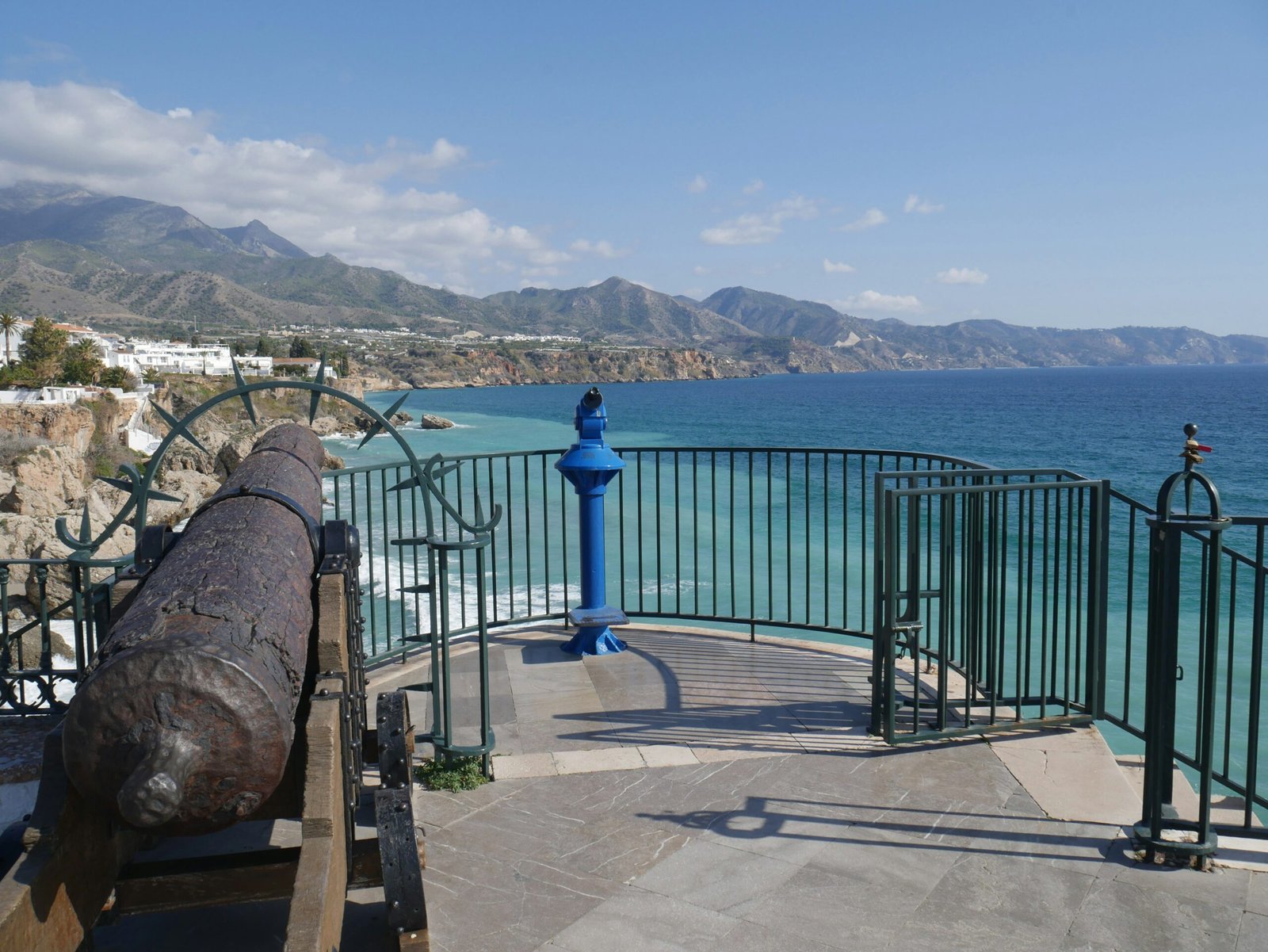
-
4 Family Friendly Walks near Marbella to Enjoy This Autumn

-
Escondido Rooftop Bar: The New Star of Marbella’s Rooftop Scene

-
Halloween Marbella 2025: The Best Parties, Family Events & Spooky Things to Do
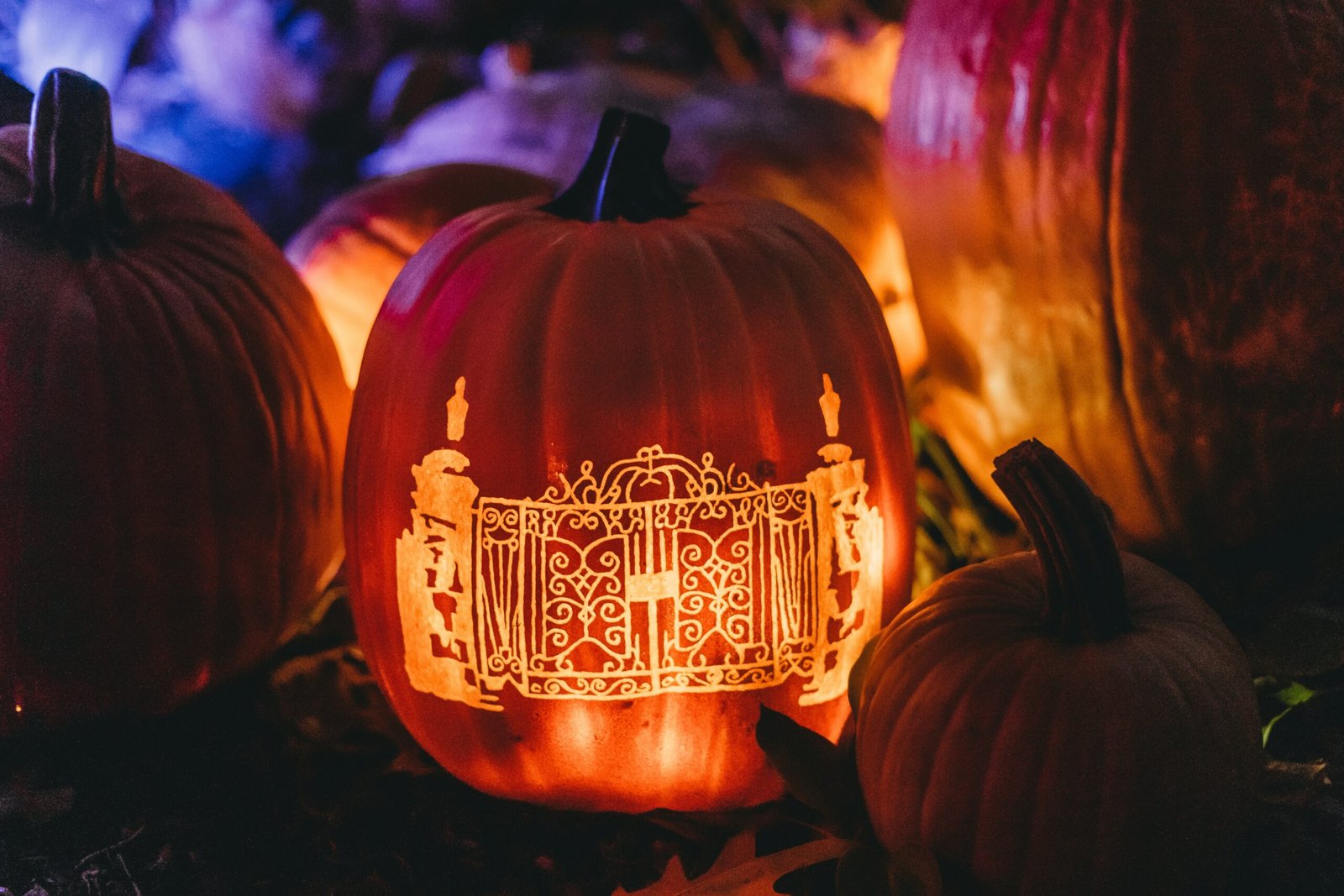
-
LA Almazara Ronda: A Top Destination on TIME’s 100 Must-Visit List for 2025
